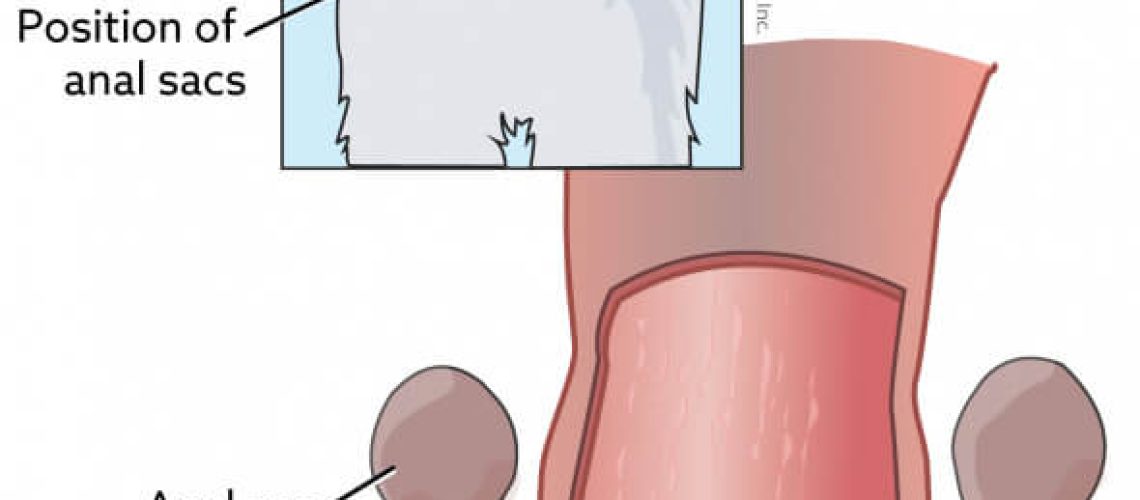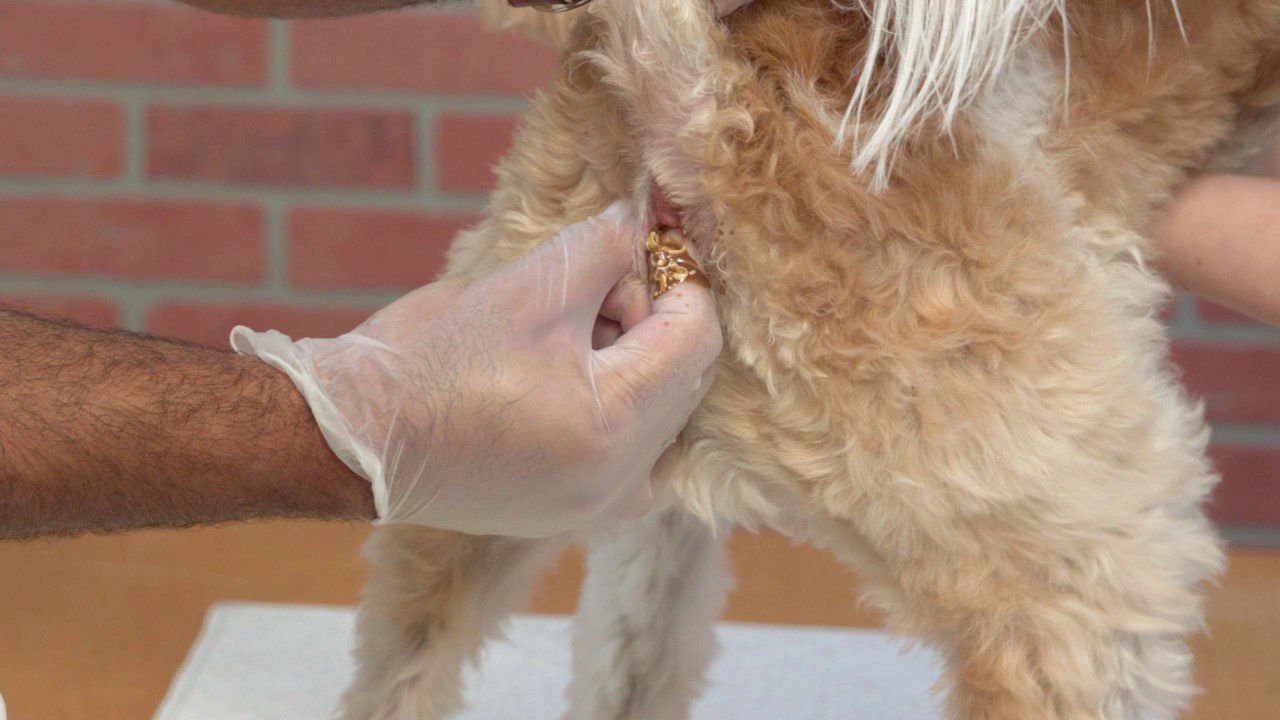Do you ever wonder what your cat is really feeling? Cats are masters at hiding their pain, making it difficult for us to know when they're suffering. But did you know that there's a common condition called Anal Sac Disease that often goes unnoticed in our feline friends? Understanding this topic is essential because it affects more cats than we realize, causing them unseen pain and discomfort. By delving into the world of Anal Sac Disease, we can uncover the secrets behind this silent ailment and provide our beloved pets with the care they truly deserve. So let's explore the hidden world of Anal Sac Disease together and shed light on this often-overlooked issue.
Key Takeaways:
- Anal sac disease is a common and painful condition in cats that can go unnoticed by owners.
- Common signs of anal sac disease include scooting, excessive licking or biting at the rear end, and foul odor.
- Cats with anal sac disease may also experience discomfort during bowel movements and may have difficulty defecating.
- Treatment for anal sac disease often involves expressing the impacted anal glands and addressing any underlying causes such as allergies or infections.
- Regular check-ups with a veterinarian can help detect and treat anal sac disease early, preventing further complications and discomfort for the cat.
Understanding Anal Sac Disease in Cats: Causes and Pain
Causes of Anal Sac Disease in Cats
Anal sac disease in cats occurs when the small glands located on either side of their anus become inflamed or infected. These glands normally produce a smelly substance that helps with marking territory and communication. However, if the sacs do not empty properly, they can become blocked or infected, leading to anal sac disease.
The exact cause of this condition is not always known, but there are several factors that can contribute to its development. These include poor diet, obesity, allergies, and certain medical conditions such as inflammatory bowel disease. Some cats may also be more prone to anal sac problems due to their breed or genetics.
Pain Associated with Anal Sac Disease in Cats
Cats with anal sac disease can experience varying degrees of discomfort and pain. The inflammation and infection in the anal sacs can cause itching, irritation, and swelling around the anus. This can lead to your cat scooting their bottom along the floor or excessively licking the area.
In more severe cases, cats may exhibit signs of pain such as vocalization, reluctance to sit or lie down, and even aggression when their hind end is touched. It's important to note that each cat may react differently to pain, so it's crucial to pay attention to any changes in behavior or signs of distress.
Signs of Anal Sac Disease in Cats: How to Tell if Your Cat is Suffering
Common Signs of Anal Sac Disease
Recognizing the signs of anal sac disease in cats is essential for early detection and treatment. Some common signs include:
- Scooting or dragging their bottom along the floor
- Excessive licking or biting of the anal area
- Swelling, redness, or discharge around the anus
- Foul odor coming from the rear end
- Pain or discomfort when sitting or defecating
If you notice any of these signs in your cat, it's crucial to consult with a veterinarian for a proper diagnosis and treatment plan. Ignoring these symptoms can lead to further complications and discomfort for your furry friend.
Relieving Your Cat's Discomfort: Home Remedies and Treatments for Anal Sac Disease
Home Remedies for Anal Sac Disease in Cats
While it's important to consult with a veterinarian for proper diagnosis and treatment, there are some home remedies that may help provide temporary relief for your cat's anal sac disease:
- Warm Compress: Applying a warm compress to the affected area can help soothe inflammation and promote drainage of the anal sacs.
- Dietary Changes: Switching to a high-fiber diet can help regulate bowel movements and promote healthy emptying of the anal sacs.
- Gentle Cleaning: Keeping the anal area clean by gently wiping with warm water can help prevent infection and reduce discomfort.
Treatments for Anal Sac Disease in Cats
In more severe cases or when home remedies are not effective, veterinary intervention may be necessary. The veterinarian may perform an anal sac expression, which involves manually emptying the impacted sacs. They may also prescribe medication such as antibiotics or anti-inflammatory drugs to alleviate infection and reduce inflammation.
When to Seek Veterinary Care for Your Cat's Anal Sac Disease
When to Consult a Veterinarian
If you suspect your cat has anal sac disease or notice any signs of discomfort, it's essential to consult a veterinarian. They will be able to properly diagnose the condition and recommend the appropriate treatment plan. Seeking veterinary care is especially important if:
- Your cat is in significant pain or distress
- The symptoms persist or worsen over time
- You are unsure about how to safely express your cat's anal sacs at home
- Your cat has recurring anal sac problems
Preventing Anal Sac Disease in Cats: Tips for a Healthy Feline
Preventive Measures for Anal Sac Disease
While not all cases of anal sac disease can be prevented, there are steps you can take to reduce the risk and promote overall anal sac health in your cat:
- Provide a balanced diet with adequate fiber content to promote regular bowel movements.
- Maintain a healthy weight for your cat through portion control and regular exercise.
- Regularly groom your cat, including checking their anal area for any signs of inflammation or infection.
- Consult with a veterinarian about routine anal sac expression if your cat is prone to recurrent issues.
Potential Complications and Long-Term Effects of Untreated Anal Sac Disease in Cats
Potential Complications of Untreated Anal Sac Disease
If left untreated, anal sac disease in cats can lead to various complications that may impact their overall health and well-being:
- Abscess Formation: In severe cases, the infected anal sacs can develop abscesses, which are painful and may require surgical intervention.
- Chronic Infection: Untreated anal sac disease can lead to chronic infections, causing long-term discomfort and recurrent symptoms.
- Behavioral Changes: Cats experiencing chronic pain or discomfort from anal sac disease may exhibit changes in behavior, such as aggression or withdrawal.
Taking Care of Your Cat's Anal Sacs: Steps to Maintain Their Health and Prevent Future Issues
Steps for Maintaining Anal Sac Health
To ensure your cat's anal sacs stay healthy and prevent future issues, follow these steps:
- Regularly check your cat's anal area for any signs of inflammation, swelling, or discharge.
- If you notice any abnormalities, consult with a veterinarian for proper diagnosis and treatment.
- Consider routine anal sac expression by a professional if your cat is prone to recurring problems.
- Maintain a balanced diet with adequate fiber content to promote regular bowel movements and prevent constipation.
In conclusion, anal sac disease is a painful condition that can affect cats. It is important for cat owners to be aware of the signs and symptoms so they can seek veterinary care and provide relief for their furry companions.
















